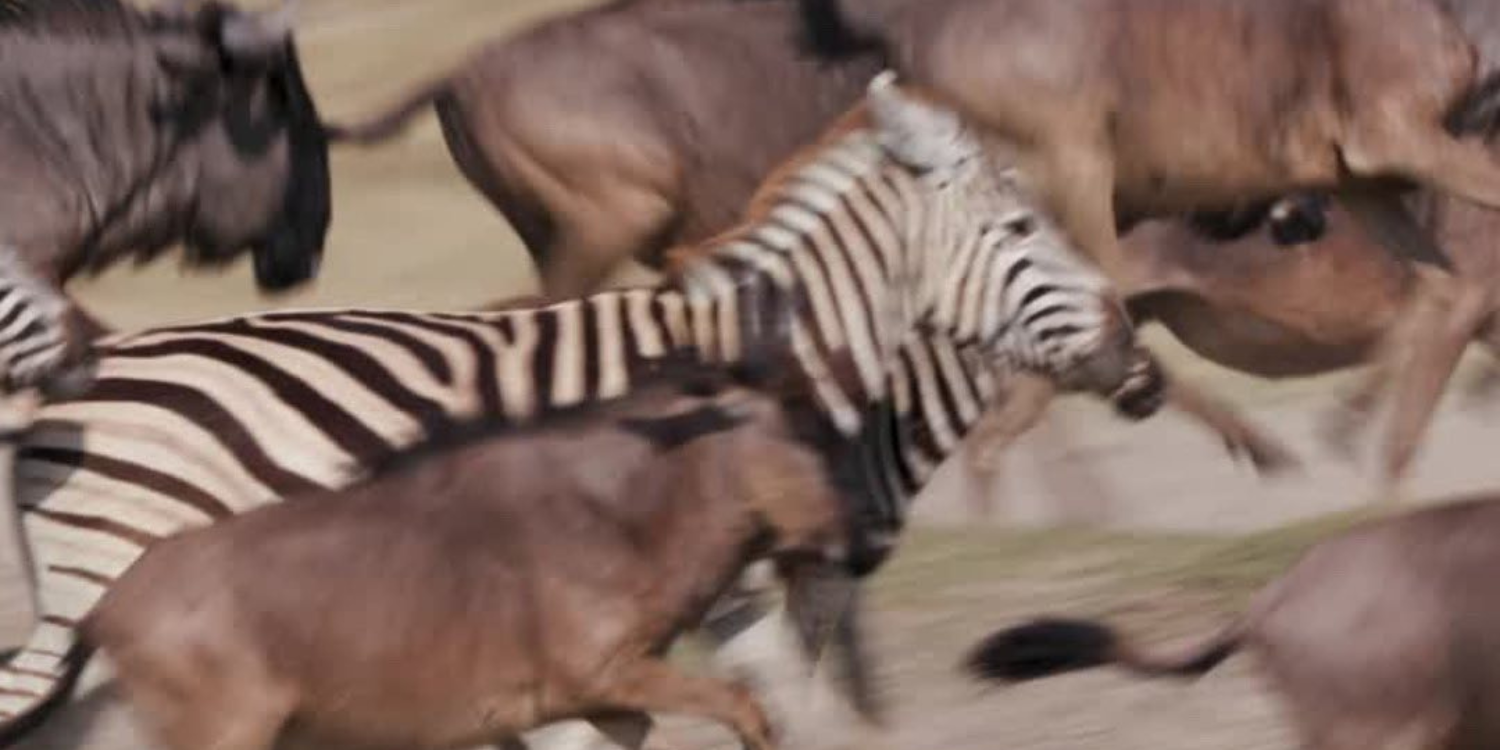
Secret destinations: True Tribe's handpicked national parks in Africa
The human spirit needs to wander in places where nature hasn’t been rearranged by the hands of man. Spirit needs to go where things are wild and free. It is in this spirit (pun intended) that we’ve compiled a long list of natural reserves from Africa to Asia where you can reconnect to wilderness. These unique places with their distinctive natives, biodiversity and geologic wonders will make you born again. Here is our first handpicked selection focused on Africa and Asia. More to follow soon, stay tuned ;)
- Omo National Park and River, Ethiopia

Described by the Lonely Planet as “Ethiopia’s most remote park”, the 4000 km2 area with its lower reaches encompassing the Omo River were declared UNESCO world heritage in 1980. The very little tourist infrastructure has arguably contributed to the preservation of its inindigenous people: the Mursi, Suri, Nyangatom, Dizi and Me'en. In recent years there traditional lifestyles have entered in conflict with African Parks Network (APN). In any case, this park of Africa’s Water Tower (Ethiopia’s nickname) doesn’t disappoint. Culturally, hominid remains from the Omo Valley probably dating back more than four million years can be found. Geologically, much of Africa's volcanic activity is concentrated along the immense 5,000 kilometer crack in the earth's surface known as the Rift Valley. In distant geological time, the crust was weakened and the land subsided. The valley walls - daunting blue-grey ridges of volcanic basalt and granite - rise sheer on either side to towering heights of 4,000 metres. The valley floor, 50 kilometres or more across, encompasses some of the world's last true wildernesses.
The Omo River 
- Etosha National Park, Namibia

The immense 22, 270 Km2 park in Northwestern Namibia is known for the Etosha Pan, a unique flat saline desert which is metamorphosed by the rain into a lagoon hosting pelicans and flamingos for a handful of days in the year. The rest of the year the arid area bathes in specterlike white dust.
Unlike other parks in Africa, where you can spend days looking for animals (especially during the wet season) , Etosha brings the animals to you. As Lonely Planet advises “just park your car next to one of the many water holes, then wait and watch while a host of animals – lions, elephants, springboks, gemsboks etc – come not two by two but by the dozens.”

- Ras Muhammed National Park, Egypt

At the southern extreme of the Sinai Peninsula lies Ras Muhammad National Park, literally meaning ‘Mohammed’s Head’, understood here as headland. The Red Sea bordering park is a diver’s paradise: of its 480-km2 area, 380 are underwater. Only starting 50 cm below the sea the park’s enchanting coral reefs are visible. They hold 220 species in total, 125 of them soft coral. Given this rich aquatic flora, the area is also home to 1000 species of fish, 40 species of star fish, 25 species of sea urchins, more than a 100 species of mollusc and 150 species of crustaceans. Above the water, the inland area includes a diversity of desert habitats with important cracks created by earthquakes, within some of them are pools of water, some are over 14 meters deep. Given the area’s abundance in life and ecological role as a reserve, fishing used to be forbidden but has been restored quite inexplicably restored by the South Sinai governor. You can sign a petition here to protect the area from fishing.


Leave a comment
This site is protected by hCaptcha and the hCaptcha Privacy Policy and Terms of Service apply.